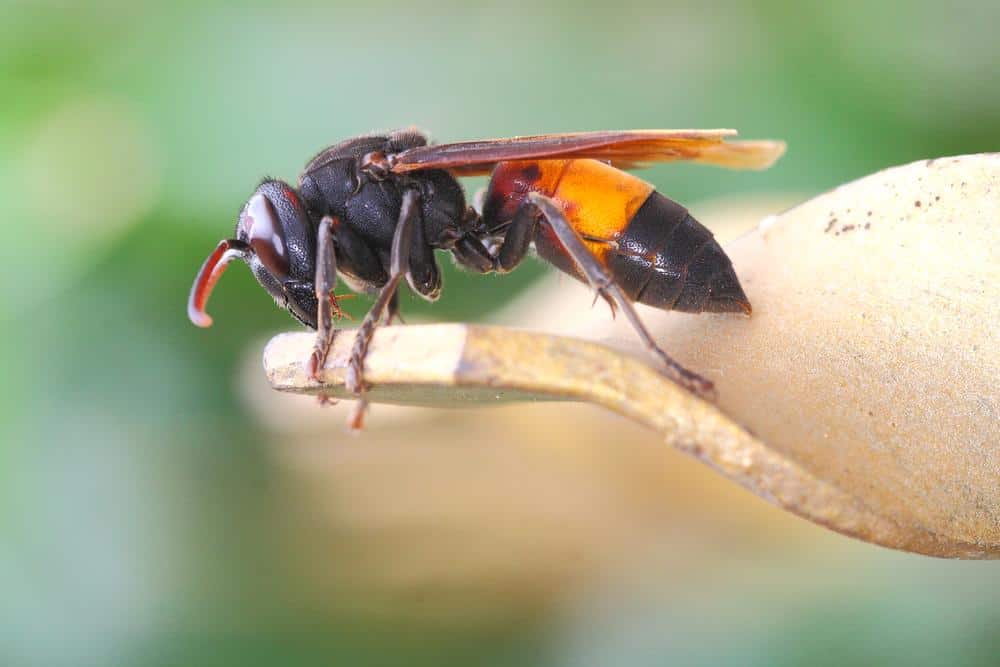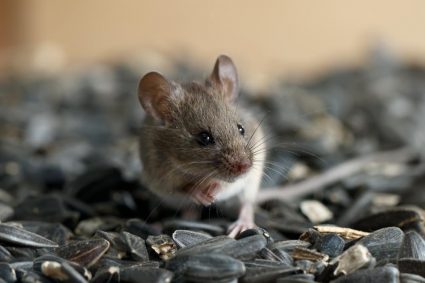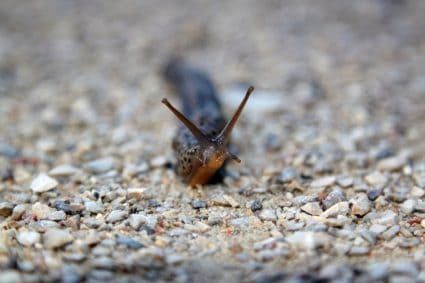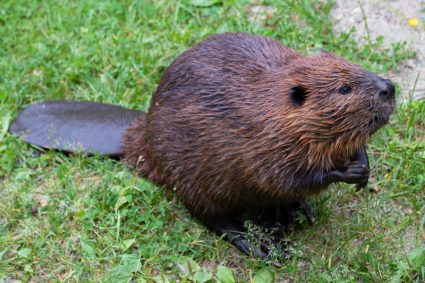
Sevin Dust is a popular insecticide known for its broad-spectrum effectiveness against various pests. But does it work against hornets? The answer is yes. Sevin Dust, containing the active ingredient carbaryl, is proven to be effective against hornets. However, it’s not just about whether it works; it’s also about how it works, the risks, and possible alternatives. This comprehensive guide will take you through all these aspects.
Yes, Sevin Dust does kill hornets. The active ingredient, carbaryl, is effective against hornets and other flying insects. The dust clings to the hornets, who then carry it back to their nests, resulting in the death of the entire colony within 24 to 48 hours. However, it’s important to consider the potential risks and hazards to humans and the environment when using Sevin Dust.
Understanding Sevin Dust
Sevin Dust is a carbaryl-based insecticide primarily used to control over 150 insect pests, including ants, ticks, chinch bugs, sod webworms, mosquitoes, and fleas. This product can be applied to home foundations, lawns, shrubs, and gardens to protect plants from damaging pests and harmful fungal diseases.
Sevin Dust Against Hornets
While hornets are not listed on the Sevin Dust label, carbaryl has been proven effective on hornets and other flying insects. The dust clings to the hairs and legs of hornets, and they carry it back to their nests, leading to the death of the entire colony within 24 to 48 hours.
For maximum effectiveness, Sevin Dust should be applied to the hornets’ nest in the evening when they are less active. Use a hand duster, disposable paper cup, or a condiment bottle to apply the dust. However, always remember to wear proper safety clothing to prevent skin, lung, and eye irritation.
Risks and Hazards of Sevin Dust
Like any insecticide, Sevin Dust has its risks and hazards. It can cause skin and eye irritation and is harmful if swallowed or inhaled. It is also identified as a chemical that can cause cancer and reproductive effects under California’s Proposition 65.
Moreover, Sevin Dust is toxic to honey bees, so it’s crucial to avoid using the product during flowering and pollination periods. To minimize risks, always follow the instructions on the product label.
Environmental Impacts
Carbaryl, the active ingredient in Sevin Dust, can enter water bodies through runoff and potentially pose risks to aquatic life. It is also practically non-toxic or slightly toxic to birds and slightly to moderately toxic to mammals. However, it has been shown to have negative effects on the development of several non-target species.
Alternatives to Sevin Dust
While Sevin Dust is effective, there are several alternative methods for dealing with hornets. These include natural insecticide sprays, traps, decoy nests, hornet-repelling plants, removing food and water sources, and seeking professional help.
Conclusion
In conclusion, Sevin Dust does kill hornets, but it’s essential to consider its potential risks and hazards to humans and the environment. Always follow the product’s instructions and take the necessary precautions when using it. If you’re unsure or uncomfortable using Sevin Dust, consider the listed alternatives or seek professional help.
Remember that every situation is unique, and what works best for one might not work as well for another. Therefore, it’s always a good idea to stay informed and consider various options before making a decision.
Frequently Asked Questions
How long does it take for Sevin Dust to kill hornets?
Sevin Dust typically kills hornets within 24 to 48 hours after application. The hornets carry the dust back to their nests, leading to the death of the entire colony.
Is Sevin Dust safe for pets and children?
While Sevin Dust is not immediately toxic to pets and children, it’s best to keep them away during and immediately after application. Long-term exposure can potentially cause health issues. Always follow the product’s instructions for use and storage.
Can I apply Sevin Dust to a hornet’s nest during the day?
It’s best to apply Sevin Dust to a hornet’s nest in the evening when the hornets are less active. This increases the chances of the dust reaching the nest and being effective.
Can I use Sevin Dust in my vegetable garden?
Yes, Sevin Dust can be used in vegetable gardens to control pests. However, avoid using it during flowering and pollination periods as it is toxic to bees.
Is there a specific method to apply Sevin Dust?
Sevin Dust can be applied using a hand duster, disposable paper cup, or a condiment bottle. Always wear appropriate safety clothing to prevent skin, lung, and eye irritation during application.












